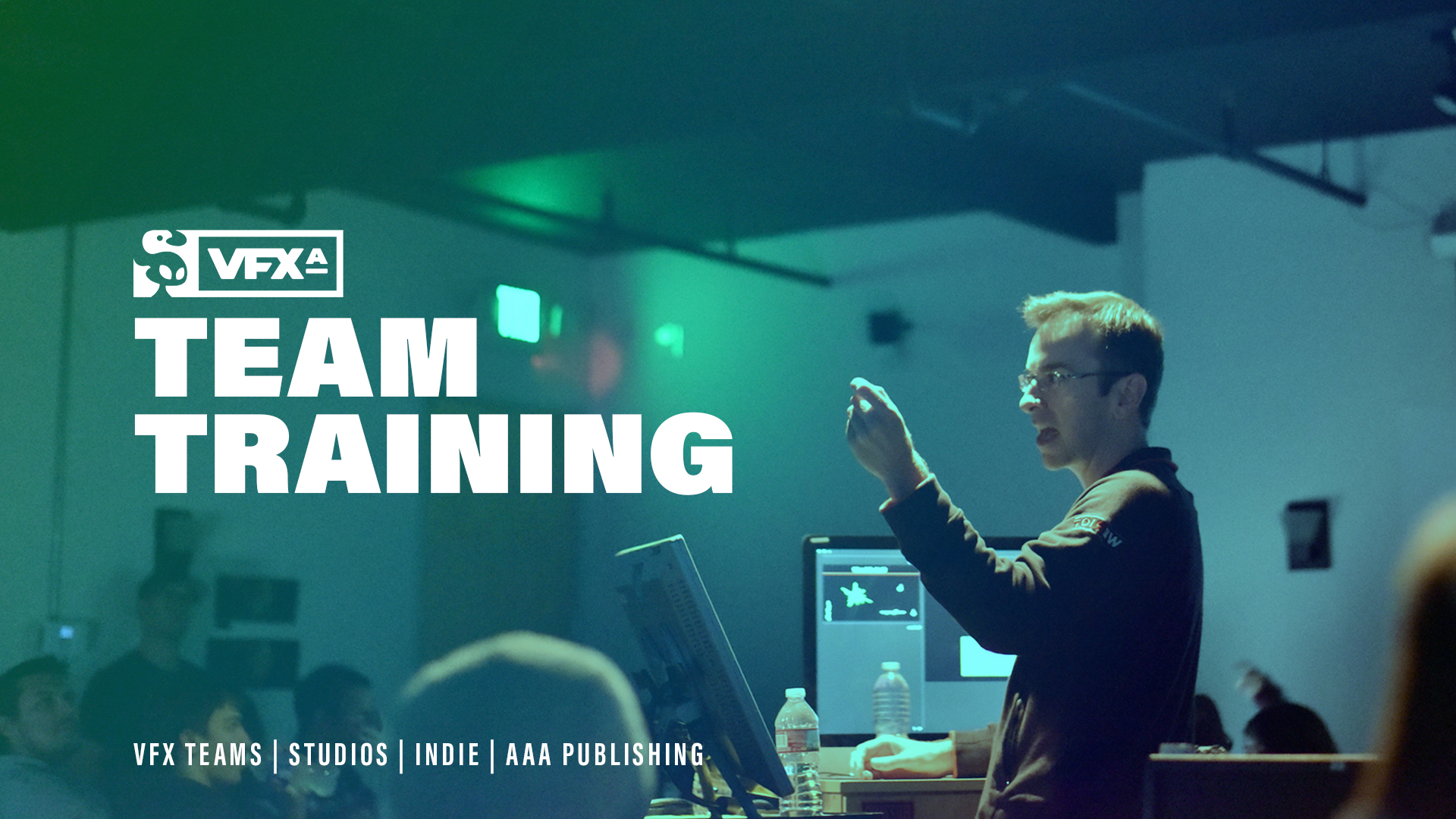What Riot Games Head of Creative Looks For in VFX Artists
Jan 26, 2023
Head of Creative at Riot Games, Magnus Lehmann, talks about working at Riot, what they look for in portfolios, and why he has immense respect for VFX artists.
Riot Games is known for its commitment to creating high-quality games and fostering a strong sense of community among its players. The company has developed and published popular games like League of Legends, Teamfight Tactics, Legends of Runeterra, and VALORANT.
Joining us today is Magnus Lehmann, the Head of Creative at Riot Games, who has a hand in all of those games and more! Magnus has been with Riot Games for over a decade now, working his way up the Creative department ladder.
He started his professional career as a 3D artist working on industrial animation, made his way to Sony Picture Imageworks as a Character Animator on Cloudy With a Chance of Meatballs, then began as a freelance animator contracting with Riot Games before becoming a fulltime employee.
Over the last thirteen years, he has grown from Senior Animator to Art Director, to now the Head of Creative where he oversees over 700 artists working across several departments, games, projects, and R&D.
He took some time to sit with VFX Apprentice founder Jason Keyser to talk about building the best environment for the Creative artists that work at Riot Games.
Interview:
Jason Keyser: Hey, Magnus! We’re super excited to hear your unique perspective as a leader working with various teams at Riot Games. Could you start by telling us a little about yourself, and what you do at Riot?
Magnus Lehmann: I’m Magnus and I lead the Creative Department at Riot Games. What this actually means is that my team and I are serving over 700+ creatives (art, audio, writing & editing, video, creative direction). Our simple goal is to create the best creative environment so our creatives can make the best work of their life here at Riot.
This can take so many shapes: sometimes this means helping out an individual artist with a personal problem, representing a discipline as a whole, working with HR and creating a policy for how we work, connecting teams, creating a creative tool or process, or advising leadership in regards to larger creative problems. My day rarely ever looks the same.
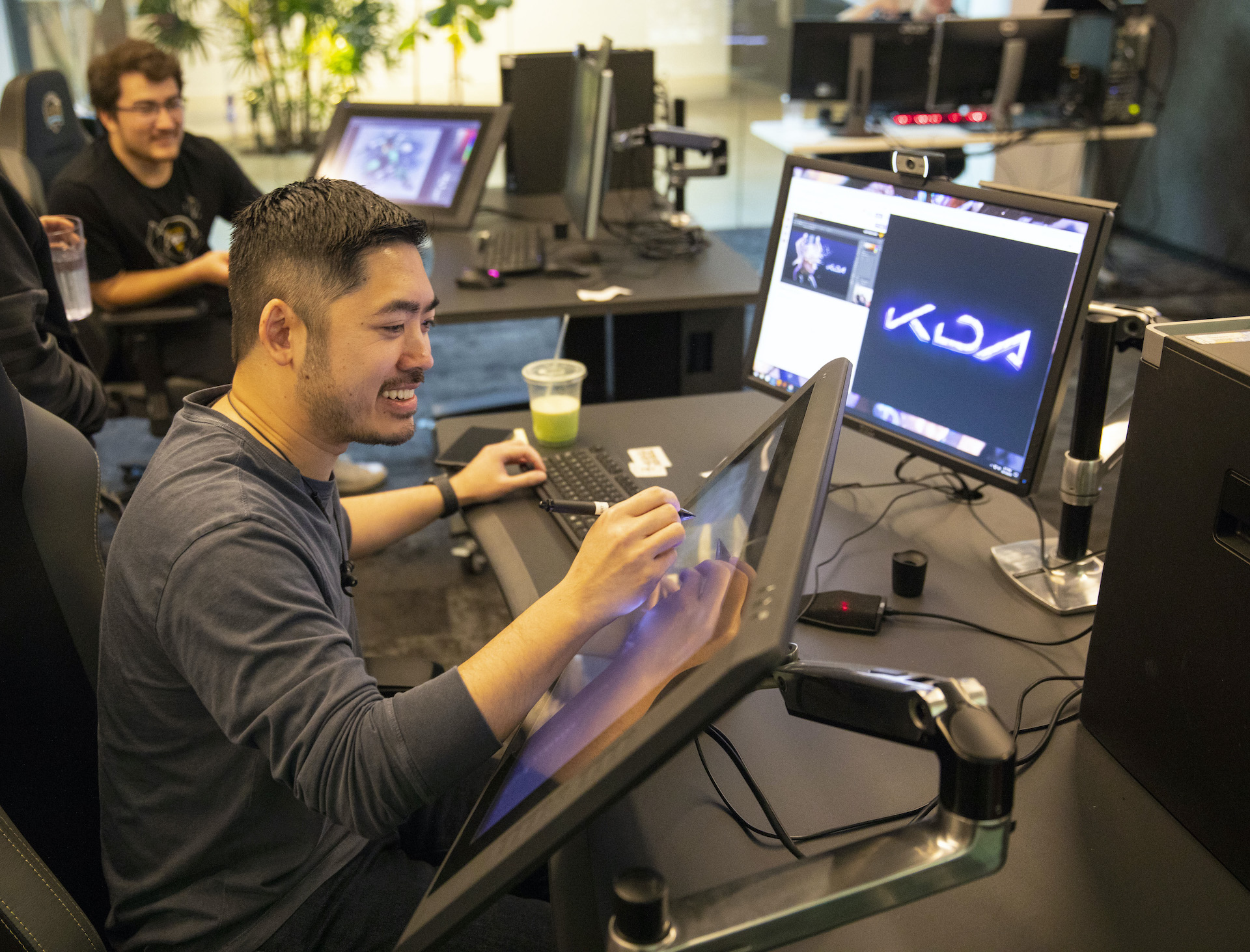
JK: What do you love the most about your job, and what are some of your greatest challenges?
ML: When I took on the role, I wasn’t sure if I’d miss the direct touch on game development too much. But, in the end, I really enjoy helping and this role very much gives me the opportunity to do that daily. At a company the size of Riot there’s an unlimited amount of opportunities to make things better, represent, advise, and simply help. So, as long as my team and I see we are having a positive impact we are motivated to keep on going.
In this role, we are dealing a lot with change management: what happens for Creatives when a pandemic forces us all to work from home? How are we handling IP development while working on multiple projects? How are we establishing Creative Direction to help with large cross-team events? And, how can you support an individual Creative when their life gets turned upside down? The diversity of problems (and context switching) is certainly a big challenge - but it’s also what makes this role so uniquely fun and interesting.
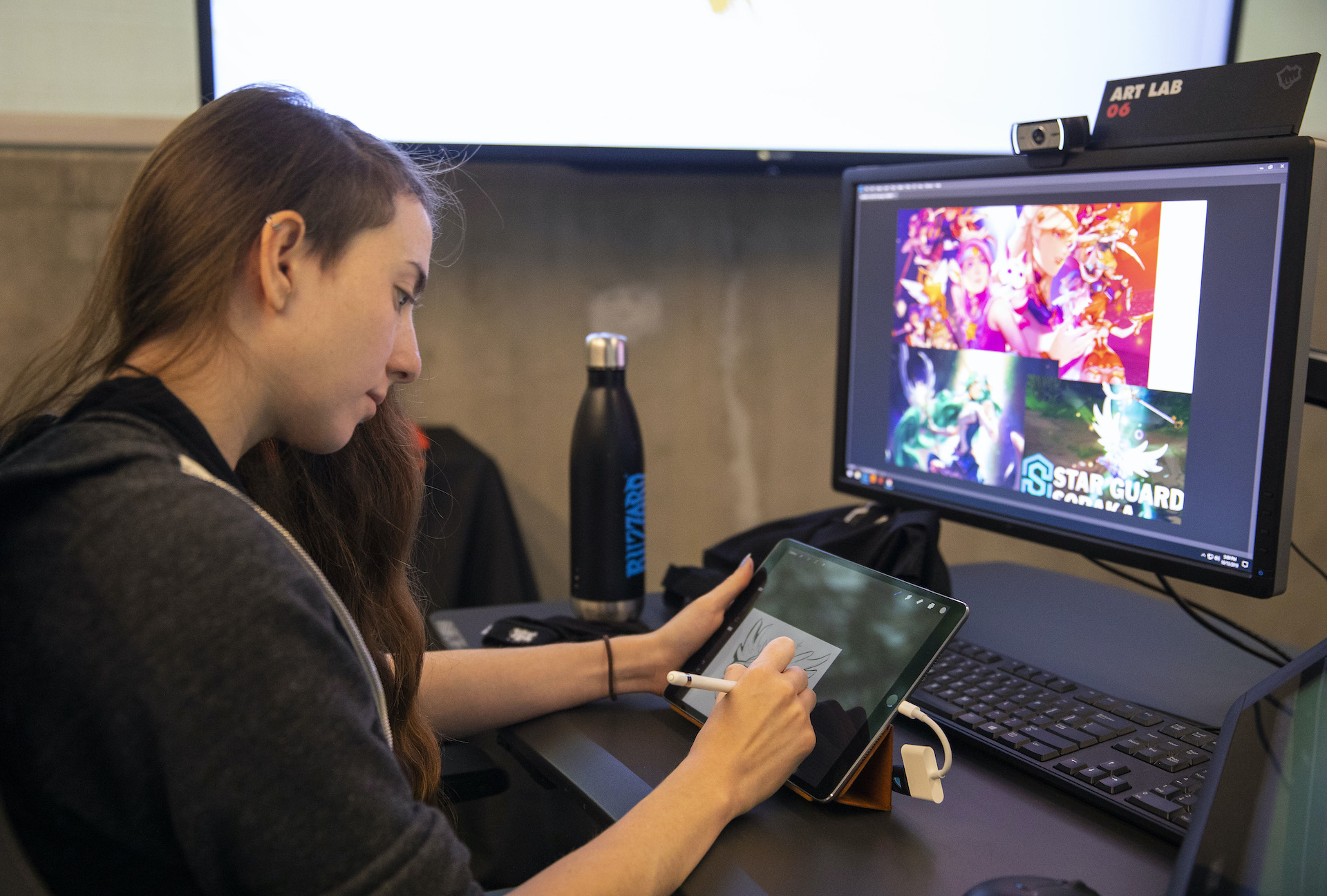
JK: You started your career as a character animator with modeling and rigging experience as well. In your mind, what does real-time VFX have in common with animation, and with other artistic disciplines?
ML: Great VFX ooze amazing texture in timing. They are like a small symphony with anticipation, build up, and a big payoff, then overshoot settle. The best VFX then surprise you by breaking this, speeding up something that normally wouldn’t - but if done right, it’s oh-so-right.
I often find that great VFX timing is one of the latter skills most VFX artists learn. But, it’s incredible if they do. For example, study some masters such as Ryan Woodward and see what he can do with a simple shape and just timing. It’s inspirational for me as an animator.
[Editor Recommended Viewing: Ryan Woodward - Visual Effects Bootcamp from GDC.]
The same is true for other disciplines, too - great VFX deeply reach into color theory, embrace the intricacies of balanced and imbalanced shape language, or master complex technical setups in rigging to pull off complex motion patterns.
As a VFX artist you are never done - there’s always something new to learn from. I mentioned this to you, Jason, knowing what I know today I would have seriously considered VFX as a career. I also find that great VFX artists can become great art directors - as they have to understand so many aspects of a pipeline. I find there are two types of ADs: the ones that come from concept and illustration and the ones that are broader generalists, such as VFX artists often are.

JK: What can you tell us about the creative philosophy Riot shares between its projects?
ML: Riot’s company mission is to be the most player focused game company in the world. This permeates everything, including our approach to creative challenges.
For instance, over a decade ago, we shipped a character called Lux that was not well received by our players (deservedly so). We completely missed the mark. Three days before her official release, seeing and hearing the feedback from players we decided to almost completely redesign the character, reanimate many animations, and make significant changes to her. Originally, we were worried that moving forward we will only design by committee - but that fear was unwarranted. Our players are smart, caring people that want the best for our IP - so, when we get it right, they let us know just as much.
Combine this with a willingness to go the extra mile and being willing to delay our creative content when it’s just not ready yet, you have two of the key ingredients for our approach.
Finally, we know that great content is a team effort. It takes a village to raise a creative baby, through iteration, caring but candid feedback, and through many hands, eyes, and ears to refine it. You can’t have an ego and be successful in the long run at a collaborative company like Riot.

JK: As the Head of Creative at Riot, what are some of your thoughts about the VFX artists who work under your leadership? What is it about them that is most valuable to you and other leaders at Riot?
ML: I have the utmost respect for the VFX discipline. It’s the culmination of almost all of the disciplines: great VFX artists understand 2D visual principles like shape language, color theory, or visual hierarchy, but they also master adjacent disciplines like animation (texture in timing, impact, follow through etc.), modeling, and then finally so much of the technical side (engine implementation, optimization, compatibility etc.).
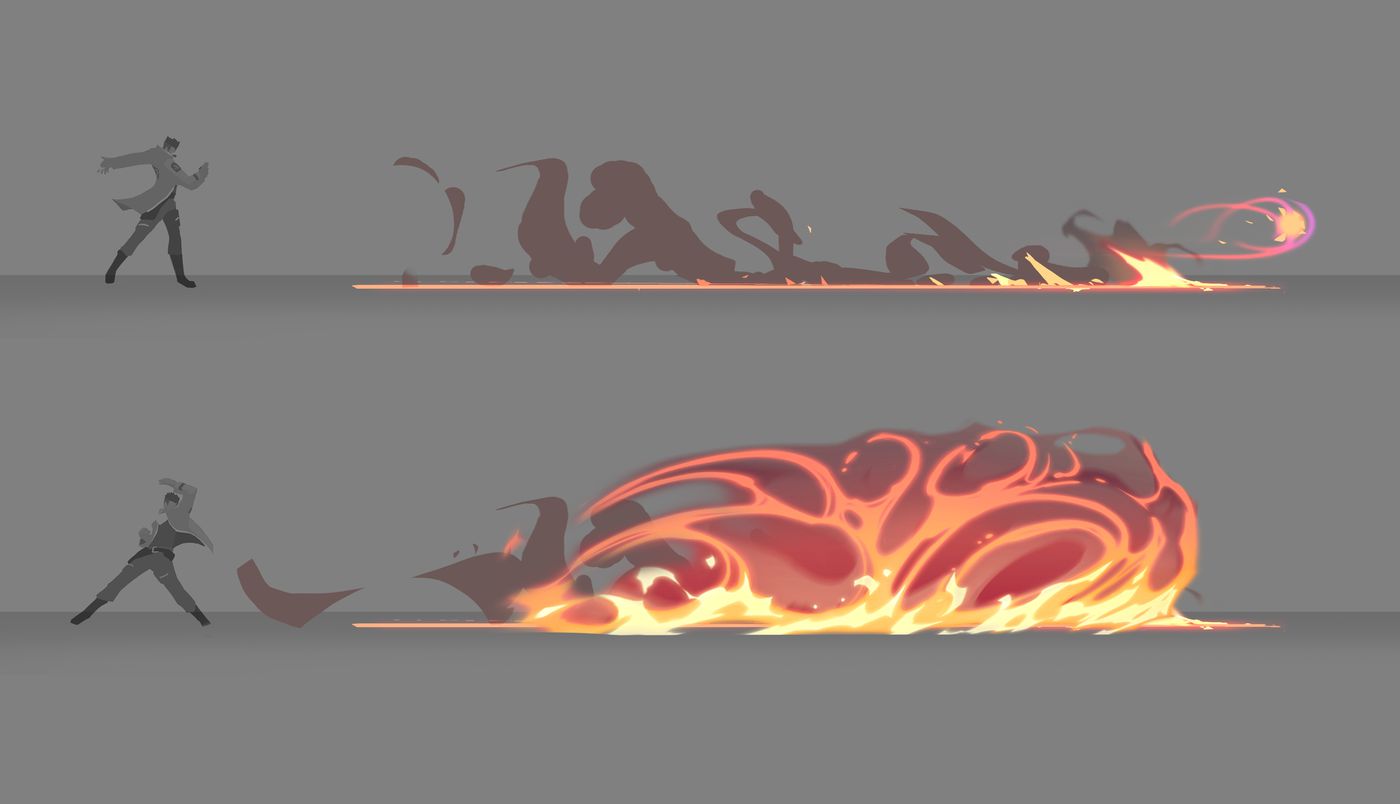
It truly is a fascinating endeavor and such a difficult one. And there’s so much to dig into for decades. I don’t know a single VFX artist that would claim “they just figured it all out”. Once you understand one style, one trick, or one engine, there’s the next one to learn.
Before taking on my role (and working as an art director prior to that), I was an animator for almost 10 years. We animators are literally nothing without our friends in VFX and audio. I remember I animated an attack (in the form of a horizontal slice) for one of our champions called Diana.
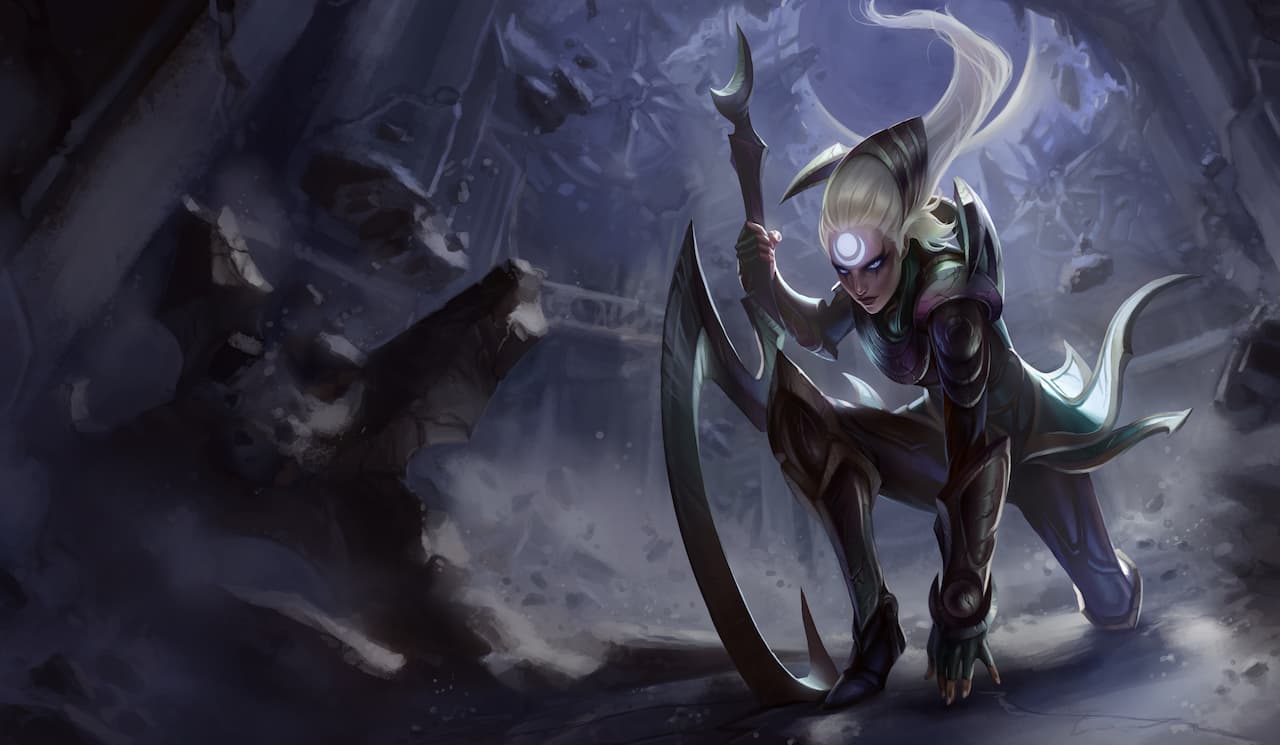
The weapon (a scythe) animation was literally only 1 frame long to make it ultra snappy and feel powerful. I even animated a first test-VFX to highlight the only way I saw this working (it was inspired by old school games such as Strider reflecting the ‘moon’-aspect of Diana as a character). It finally all came together when VFX picked up the character and made it a reality. Characters like Diana would be nothing without VFX as they truly sell both the gameplay as well as the fantasy.
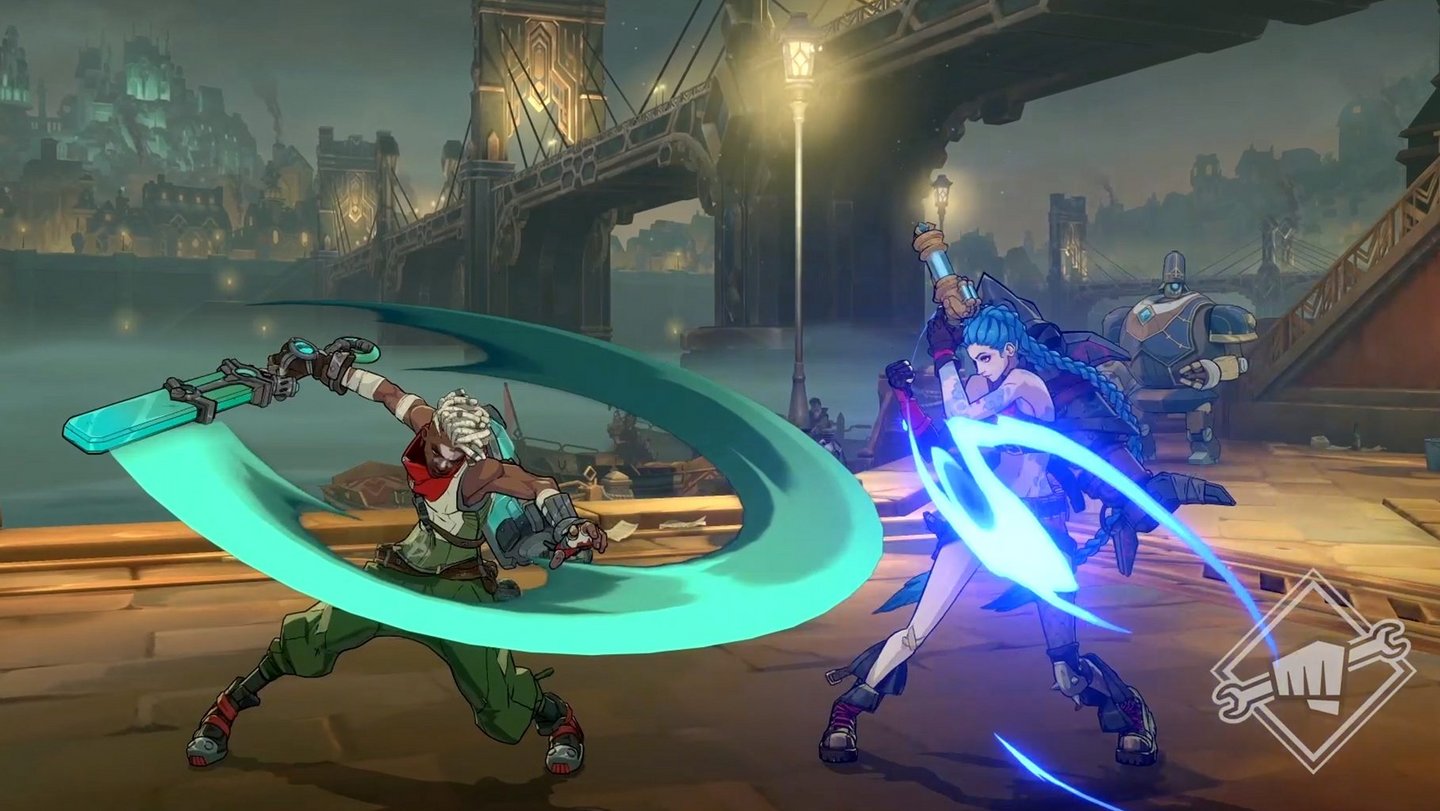
Since VFX and audio are usually the last step in the process of a character creation, it’s important to look out specifically for those team members. If you are submitting your model or animations too late, it’s the VFX and audio creatives that suffer.
So, in my role as art director (on League of Legends’ skins team and Legends of Runeterra’s in-game experience) I made sure we are not cutting into their scheduled times. And only if every team member understands we are all in this together, you can create your best work.

JK: Can VFX artists at Riot move from one game project to another, or are they expected to stick with just one game project?
ML: Yes, all Creatives (and Rioters in general) can. When someone starts at Riot (or just switched to a new team) we ask them to commit to the team for a year minimum so they can really have an impact. After that, there’s an internal job board highlighting all current and future project needs. We have many artists that worked on multiple games at Riot, released and unreleased.
I firmly believe that finding and retaining great talent is one of the most important things we can do. What good is it if we force someone to stay on a project when creatively they are burned out or need a change of scenery? And in contrast, how valuable is it if they move to another team, spread some of the good habits from their old team and then also learn new ways to do things (and hopefully share that with their former teammates)? So, with a healthy circulation we all win, if done right.
In my 13 years I’ve been directly involved with 3 different games, more than 10 major projects or initiatives (such as champions, redesigning Summoner’s Rift, creating Howling Abyss, some deep R&D work, shipping the card game etc.), and in 5 different roles. It’s what helped me learn and grow, stay creatively challenged and always engaged, and hopefully be able to cross-pollinate some of the good learnings we had on other teams.
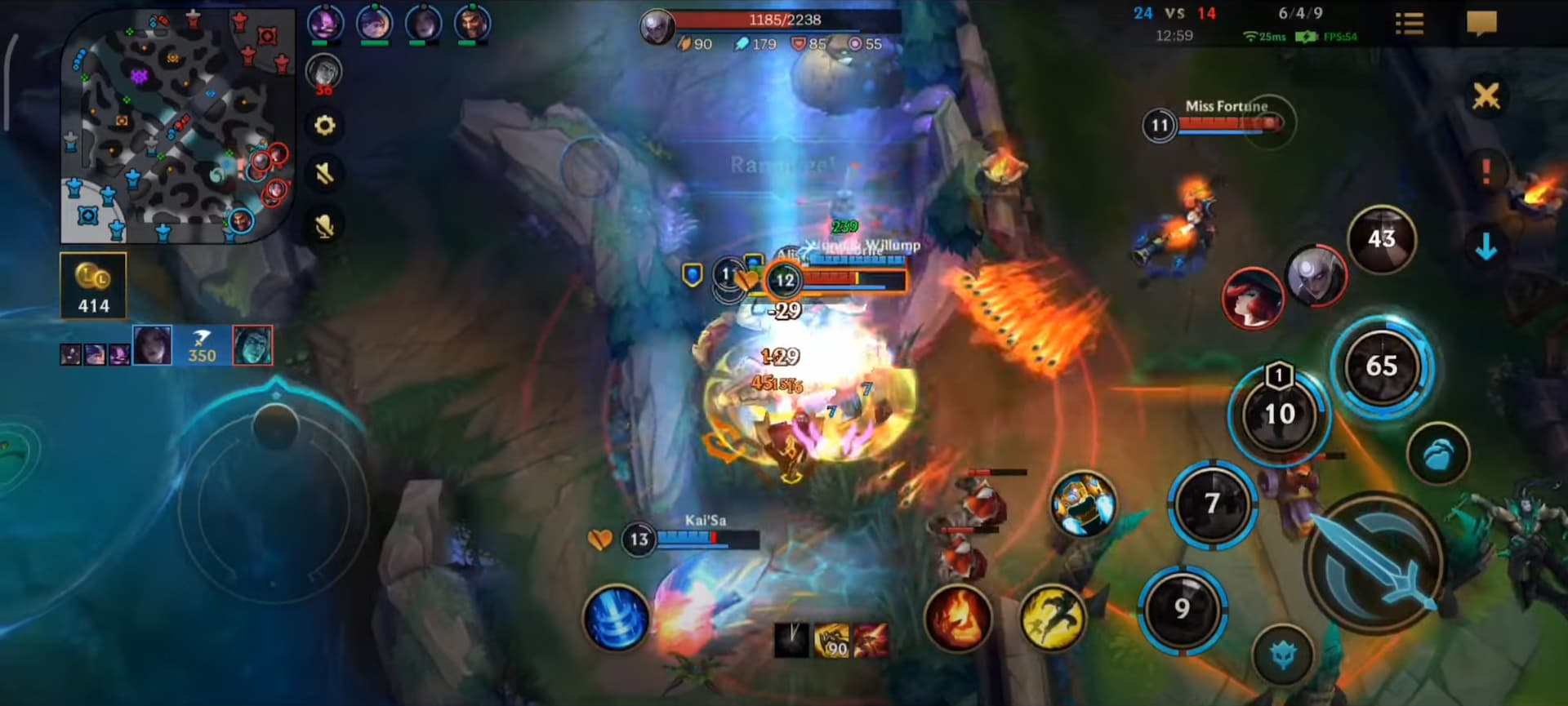
JK: How urgent is the need to hire more VFX talent at Riot games?
ML: In the 13 years I’ve been at Riot, VFX was always the most difficult to hire for. Part of the reason all of us here at Riot are so excited about the work that you, Jason, and your team are doing, is that more VFX artists will help us at Riot and the game industry as a whole make bigger and better games.
VFX is becoming a much wider field affecting characters, environments, and nowadays even motion graphics (such as menus or marketing art). So, there’s a huge need for VFX talent both at Riot and the industry in general.
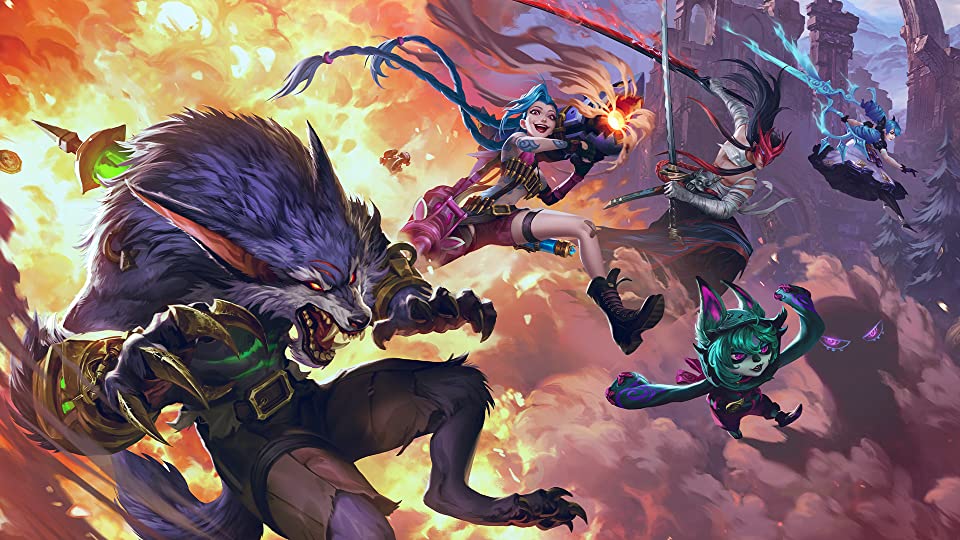
JK: Why do you think it’s challenging to hire new VFX artists?
ML: I can think of a few reasons.
First of all, I don’t think that many people know this is a job that exists and can be tremendously rewarding. It took decades for people to know that game designer, animator, or modeler is a job - and many of the original VFX artists came from adjacent disciplines. So, I hope more and more students and potential artists hear that this is a field they could pursue.
Secondly, it’s also a really difficult field to get good at. As I said before, it requires an equal amount of artistic and technical fortitude. It’s hard to learn and even harder to master. Many VFX artists likely are 3D generalists that then see how amazing VFX specifically can be.
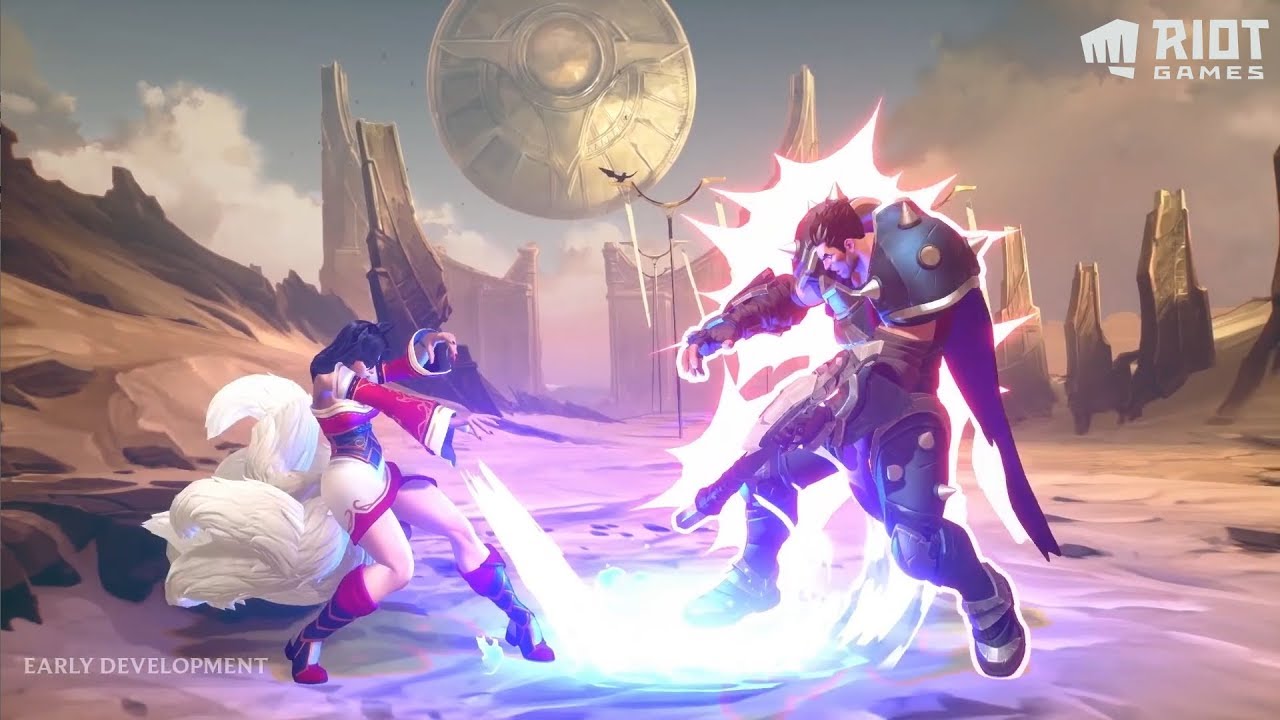
Finally, it’s a discipline that requires other disciplines. While I think that pure VFX are gorgeous and awesome, VFX by themselves are very, very rarely the actual product/project that gets shipped. Instead, VFX are in connection with something else: a character, an environment, an emotional beat. So, in order to get to making VFX and getting good at it, you often need other people’s work.
So, I cheer for every single one of you picking up the mantle and making VFX your calling. It’s a highly collaborative role that’s essential for every game. As a hardcore gamer that plays games every night after work (no time for Netflix, y’all), I’m excited that more VFX artists will help us all make more awesome games!

JK: What advice do you have for VFX artists wanting to come work at Riot Games?
ML: For students I would say, if you’re exploring ways to develop your craft and equip yourself with advisors and teachers, then a school like VFX Apprentice is a fantastic way to get into the industry. Outside of that you can also find a ton of great information out there nowadays (through YouTube tutorials, for instance) but ultimately it’s all about understanding the fundamentals and getting in the repetitions to really hone in your craft - no school can do that for you.
And, unlike what you might have heard in the past from your university professors, it really helps us see you tackling a VFX (or character, model, animation) that is analogous to the work we do here every day. I think that’s true for almost all companies.
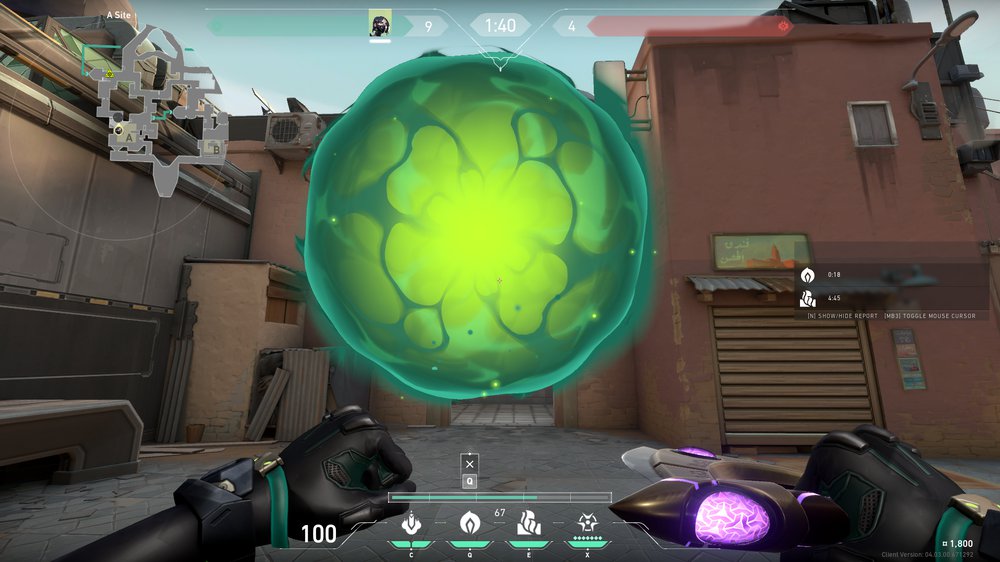
Don’t copy our work (do that only to learn a style or technique), but instead create fanart that’s inspired by it to put on your reel. It really makes it easy for our recruiters and craft evaluators to look at your work and say “wow, they need a bit here and there, but they could start and immediately have an impact”. A great demo reel has some well executed fanart and a bit of personal work. And if you make an effect for, let’s say World of Warcraft, that translates well to other companies that have a similar style, too. So, don’t worry about matching every style ever created. Most importantly: quality over quantity. I’d rather see a short demo reel with 5 amazing pieces than seeing 15 that all lack quality.
The same is true for professionals. If you’ve exclusively done photorealistic VFX for video games but want to work at Riot, show us what you can with a stylized VFX. A good friend of mine did just that after having worked on realistic fire, snow, and weather effects for many years on some storied franchises. He took part in one of our VFX-contests to show some amazing stylized effects and ended up working for Riot after that.
Secondly, don’t give up if it doesn’t work in the first place. So many Creatives at Riot had to apply multiple times. Use the time in between to update your reel, learn a new skill, show something new. We see that and notice it, very often.
And finally, I’ve seen this apply to all disciplines. The people that passionately pursue something, put in the work and time it takes to get good at, are the ones you see making the games/movies/music you love. If you love something, you’ll pursue it and invest in it… and if you do that you’ll get good at it. So, invest in yourself by putting in the time and effort. It’s so worth it when you create your first asset, effect, character, piece of music, or written piece that you actually like and that others even more appreciate.
It’s cheesy but true: have fun. You’re learning. Enjoy that you’re learning and growing, even when it’s hard. If you’re having fun you’ll also put in the time to get good at it. And if you master to keep on having fun each and every day, you’ll never work a day in your life.
More Like This:
- 10 Design Tips from the League of Legends VFX Style Guide
- From VFX Apprentice to 2D FX Artist on Netflix's Arcane
- 5 Ways to Make Your Visual FX Portfolio Stand Out From Others
- What Tools Do You Need to Create Video Game VFX?
Does your VFX team want to create work like Riot Games?
VFX Apprentice Team Training offers customized training to empower your FX artists.
Start Your VFX Apprenticeship
Begin your journey towards mastering FX for games and animation. Join VFX-A All Access and discover cutting-edge 2D, 3D, and real-time FX training.

